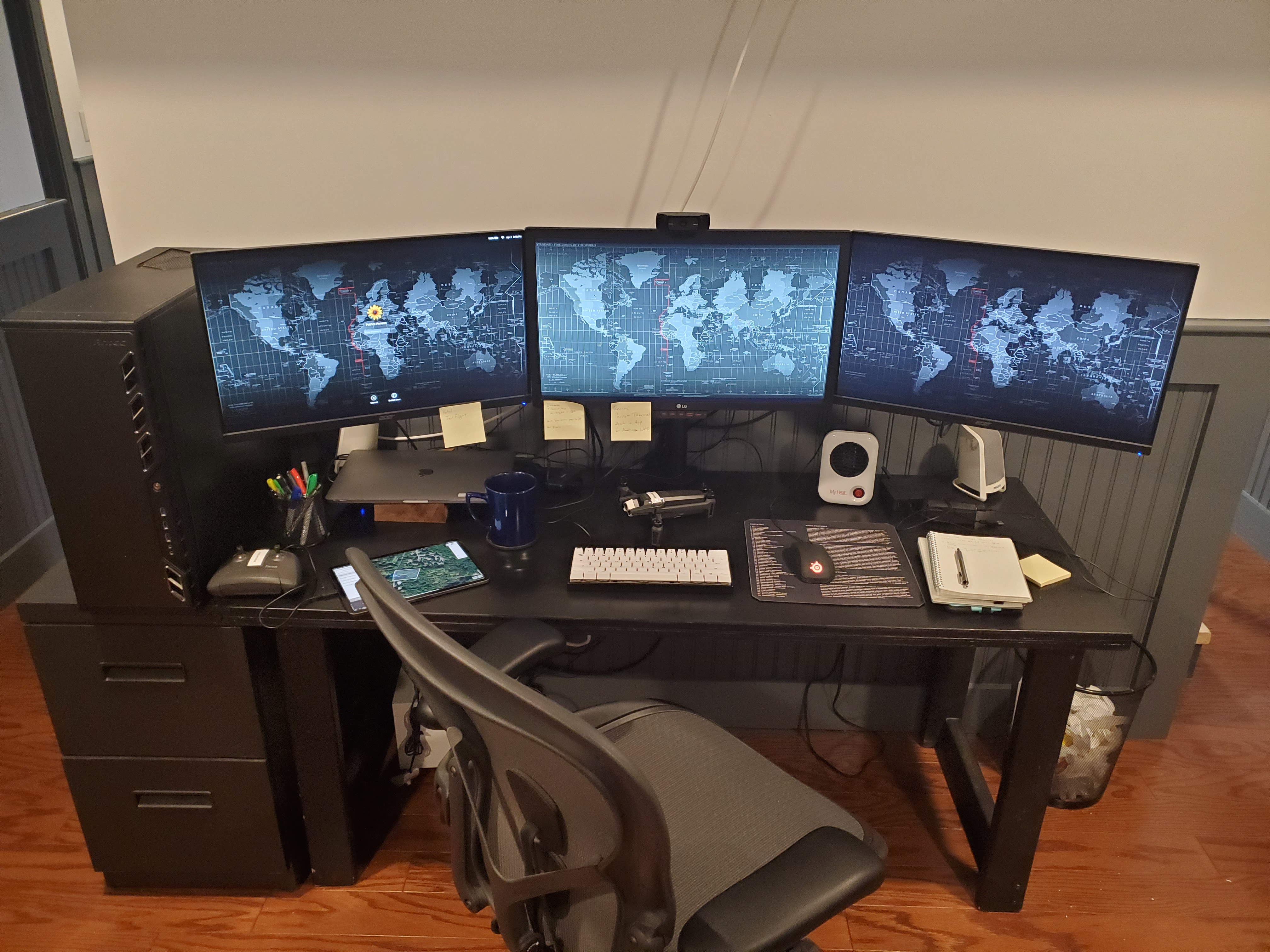Working Remote and the Post Covid-19 Workplace

Home sweet home…also my professional workplace.
As the medical community continues to respond to Covid-19, businesses are assessing what the “new normal” will be as offices begin to open up. Not only do workplaces need to follow the appropriate medical guidelines defining when it is safe for employees to begin to return, they also need to plan for access control, occupancy, distancing, cleaning, etc. Of interest is how teams working fully remote will begin to filter back into the office.
More broadly, we are experiencing an interesting change in the social dynamic that drives our workplaces. “Ass in seat” has never been a successful metric for the quality of work an engineer delivers and managers are seeing teams adapt and thrive with virtual collaboration tools. Software engineering is famous for striving to provide “flexibility,” “lax dress code,” and “focus on performance.” What beats home, PJs, and cranking out code? I like it as an option, but wouldn’t want to be my permanent work situation.
We know flexibility and performance can be achieved remote, but mental and social health also need to be considered. Simple interactions have a large impact on a person’s mental wellness. For myself, a quick chat in the hall or at a cube, running out to grab lunch, and swivelling in my chair to launch a discussion are quintessential. Remote meetings are fairly successful and social hours have been attempted, but they aren’t my preference since a few vocal individuals (of which I’m often a guilty member) tend to drive the group.
My team was already collaborating across multiple sites/regions/timezones and switching from the office to working remote has had minimal impact since we already rely upon a range of collaboration tools. Obviously access to specialized hardware, lab stations, and controlled systems requires a physical presence which requires coordination amongst the team. We managed to ensure that critical development systems are active and available, but have experienced some latency in debugging and QA.
There are also teams that have struggled to adapt. Now is a great time to provide insight on what collaboration tools were tested, what worked, and what needs improvement. The fact that “video chat bingo” exists is equally entertaining and depressing. My contact information is accessible and I do not mind providing my own insight.